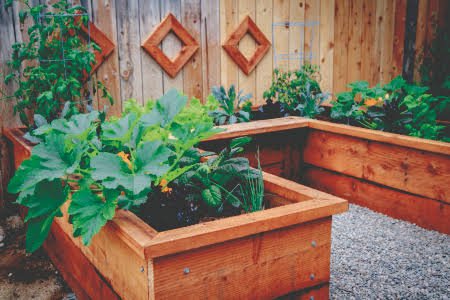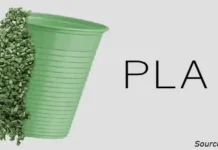Last Updated on July 13, 2024 by Asfa Rasheed
Designing and building a garden box can be a fun and rewarding project for novice and experienced gardeners. A well-designed garden box can provide a dedicated space for your plants, improve soil quality, and make it easier to control watering and drainage. Whether you’re planning to grow vegetables, herbs, or flowers, here are some tips and tricks for designing and building the perfect garden box.
Table of Contents
Choose the Right Location
The first step in designing your garden box is to choose the right location. Look for an area that receives at least 6-8 hours of sunlight daily and has good drainage. You’ll also want to consider factors like wind exposure, accessibility, and the overall aesthetics of your garden.
Decide on the Size
The size of your garden box will depend on how much space you have available and how many plants you want to grow. As a general rule, garden boxes should be no wider than 4 feet so that you can easily reach the center of the box from either side. The length and height of the box will depend on your specific needs and preferences.
Choose Your Materials
Garden boxes can be made from various materials, including wood, metal, and even recycled materials like old shipping pallets. If you’re building your box from wood, choose a type of wood resistant to rot and decay, such as cedar or redwood.
Build Your Box
Once you’ve chosen your materials, it’s time to build your garden box. Start by assembling the frame using screws or nails. If you’re using wood, make sure to use a rot-resistant variety. You can also line the inside of the frame with landscaping fabric to prevent weeds from growing through the soil.
Fill Your Box with Soil
After you’ve built your frame, it’s time to fill it with soil. Be sure to use high-quality gardening soil that’s appropriate for the types of plants you’ll be growing. Compost or other organic material can also be added to improve soil quality.
Add a Watering System
Consider adding a watering system to your garden box to make it easier to water your plants and control drainage. This can be as simple as putting some gravel at the base of the box to improve drainage or as complex as installing a drip irrigation system.
Plant Your Garden
Once your garden box is ready, it’s time to plant your garden. Consider using a variety of plants, including vegetables, herbs, and flowers. You can also use companion planting to help control pests and improve soil health.
Maintain Your Garden
To keep your garden box healthy and productive, Keep it hydrated by giving it regular waterings. an eye out for pests and diseases. Your plants can also require fertiliser. Periodically to ensure they have the nutrients they need to thrive.
Prune Your Plants
Regular pruning is an important part of maintaining the health and productivity of your plants. Pruning can help to promote new growth, control the size and shape of your plants, and prevent the spread of diseases. Use sharp, clean pruners to make clean cuts and avoid damaging your plants.
Harvest Your Plants
Harvesting your plants regularly is important to keep your garden box productive. This will give you a steady supply of fresh produce and encourage your plants to continue producing. Be sure to harvest your plants when they’re ripe and at their peak flavor.
Clean Your Garden Box
Regular cleaning and maintenance of your garden box can aid in limiting the spread of diseases and pests and keep your plants healthy. Remove any dead leaves, debris, or weeds from the box regularly, and sanitize your tools between uses to prevent the spread of diseases.
In conclusion, designing and building the perfect garden box is a great way to create a dedicated space for your plants and improve soil quality. By following these tips and tricks, You may make a lovely and fruitful garden that will give fresh produce and herbs for years to come. So why not start planning and building your garden box today?
Apart from that, if you are interested to know about Why your garden needs a grow light then visit our Lifestyle category.


























